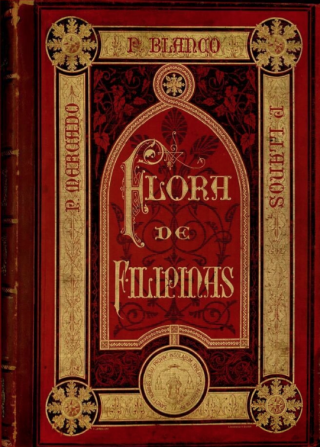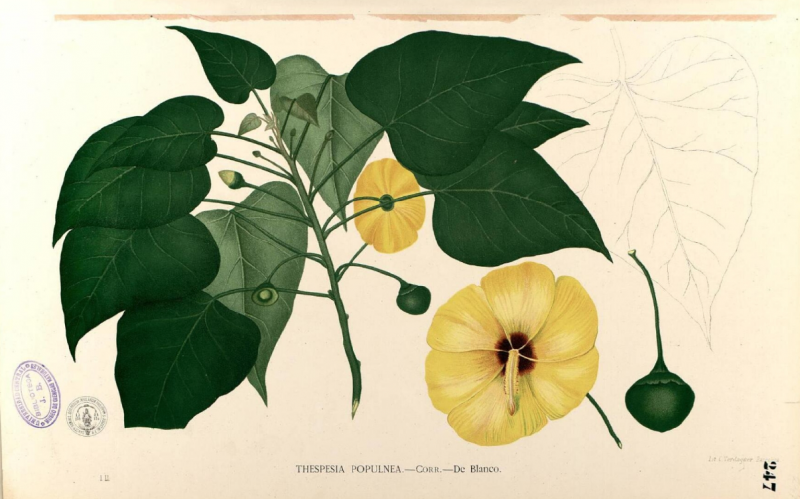Flora de Filipinas
Stephen Sinon is the William B. O’Connor Curator of Special Collections, Research & Archives, in the LuEsther T. Mertz Library of The New York Botanical Garden.
 This month the Mertz Library spotlights Flora de Filipinas, Francisco Manuel Blanco’s monument to the magnificent botanical heritage of the Philippines.
This month the Mertz Library spotlights Flora de Filipinas, Francisco Manuel Blanco’s monument to the magnificent botanical heritage of the Philippines.
Father Blanco (1778–1845) was a member of the Augustinian Order assigned to the Philippines in 1805 where he travelled throughout the archipelago. Deeply impressed by the beauty of the islands and desiring to know more about the unusual vegetation he encountered, he assembled the first comprehensive flora of the area describing some 1,000 species. He had begun his early plant studies as a hobby with a copy of Systema Vegetabilium (1774) written by the renowned Swedish botanist Carolus Linnaeus as his only guide.
The grand folio edition limited to 500 copies was published in Manila between 1877 and 1883 with two additional volumes of colored lithographic plates, making this not only the first comprehensive flora of the Philippines but also the first to be illustrated in color. This edition was published posthumously under the scientific direction of Father Andrés Naves (1839–1910) with the addition of 477 colored plates being created in Barcelona and shipped to Manila for printing.
The grand folio is actually the third edition published, with the first appearing in 1837 and the second greatly expanded by Blanco’s notes shortly before his death in 1845, after which German-Dutch botanist Carl Ludwig Blume (1789–1862) named the palm genus Blancoa in his honor.
Lacking access to plant specimens from other countries for comparison, there were many errors in the nomenclature and classification in Flora de Filipinas yet Blanco’s work inspired in others a desire to learn more about the botany of the Philippines. Father Sebastian Vidal (1842–89), who was placed in charge of the production details of the grand folio edition, explored many of the higher regions collecting and compiling an important herbarium of some 4,000 specimens.

Illustration of Thespesia populnea
Unfortunately, during the Philippine Revolution of 1896–1898, the library of the Manila Botanical Garden and its plant collections were lost or destroyed. The newly independent Philippine government established a Bureau of Sciences that was eventually headed by Elmer Drew Merrill (1876–1956) who would become Director of The New York Botanical Garden from 1929 to 1935. Merrill was instrumental in re-establishing the herbarium and botanical library to the point where they were without equal in all of Southeast Asia. The Japanese occupation of the Philippines during World War II would destroy Merrill’s accomplishments.
Fully one-third of the number of vascular plant species native to the Philippine archipelago are endemic, not found growing in the wild elsewhere on Earth. Many of these are depicted on the plates of the grand edition, which was illustrated by 17 artists, including 12 Filipino and five Spanish. One of the latter was a woman and all were born or lived in the islands for many years. As soon as publication was completed in 1883, the grand folio was exhibited in the Amsterdam Exposition where it won the highest award for science, and many of its illustrators also exhibited their artworks to general acclaim.
Flora de Filipinas remains a monument to Philippine botanical art and illustration, science, and book publishing eagerly sought after by collectors today.
SUBSCRIBE
Enter your email address to subscribe to this blog and receive updates on new posts.











